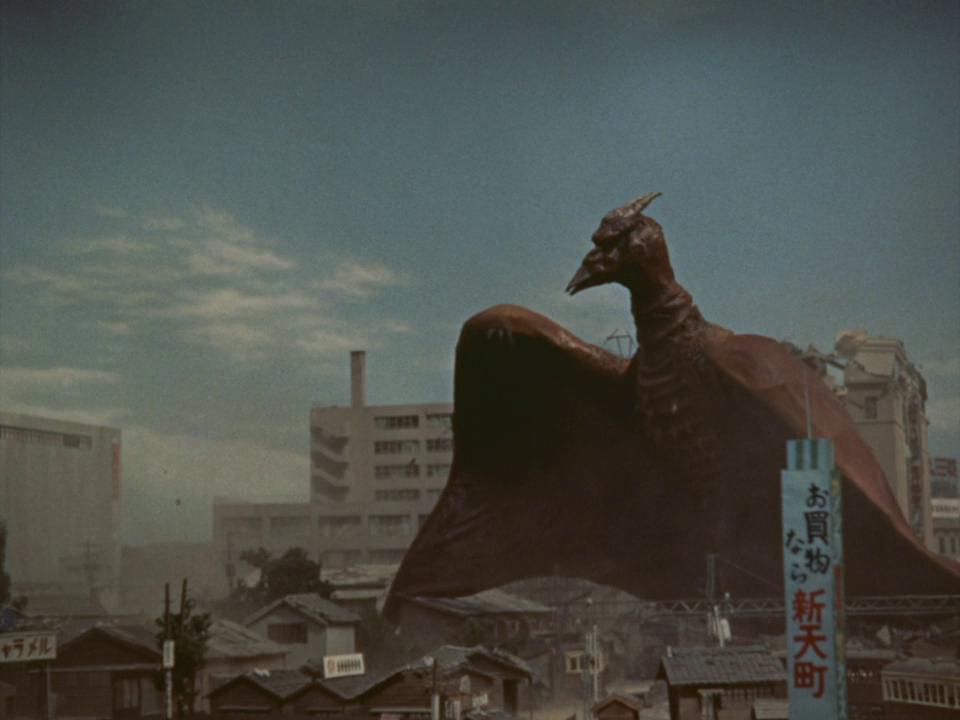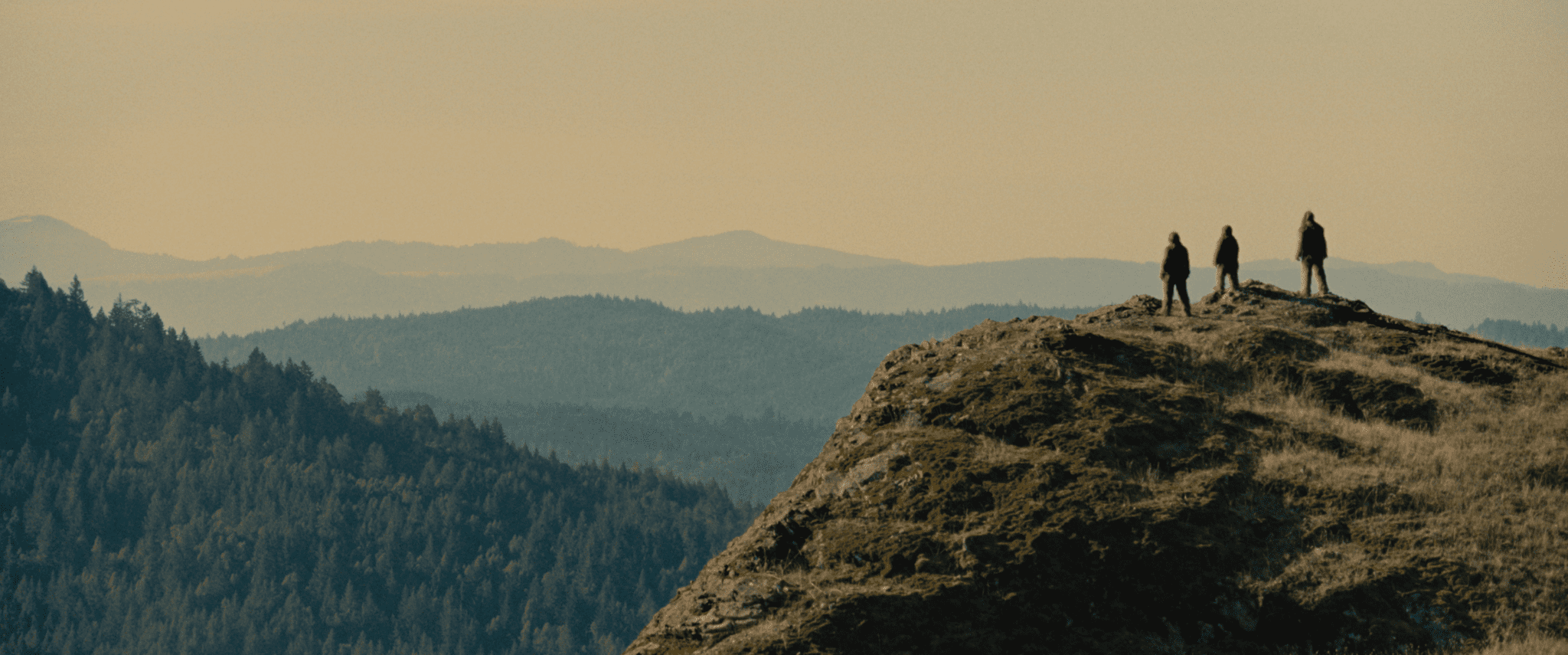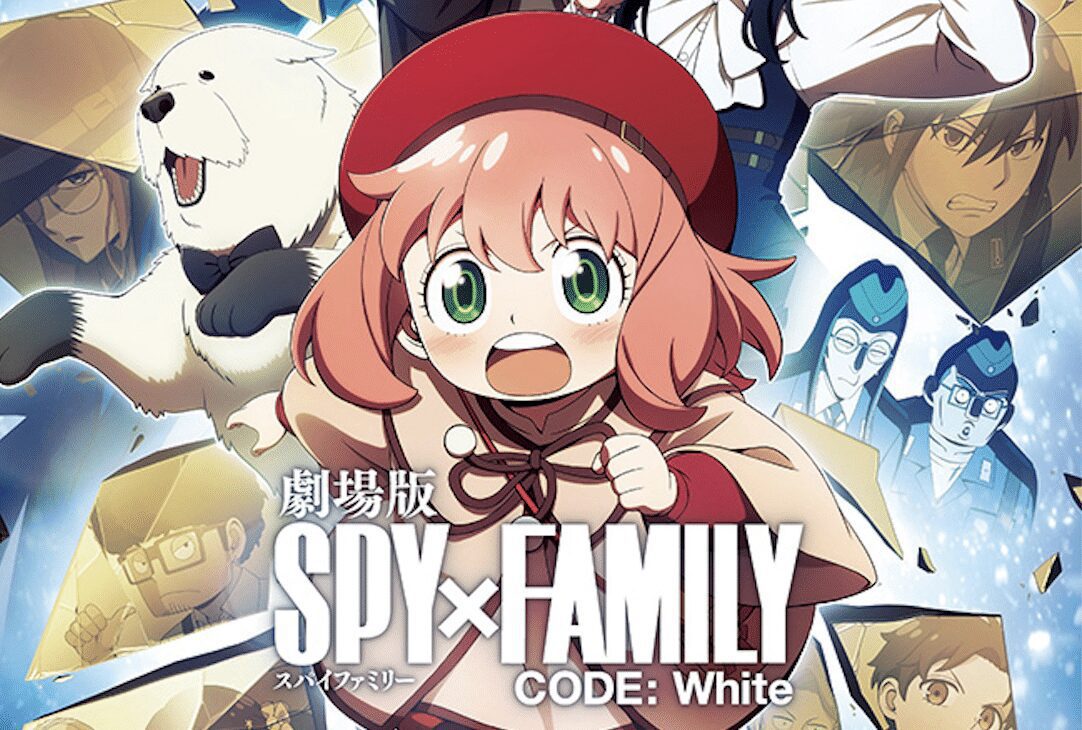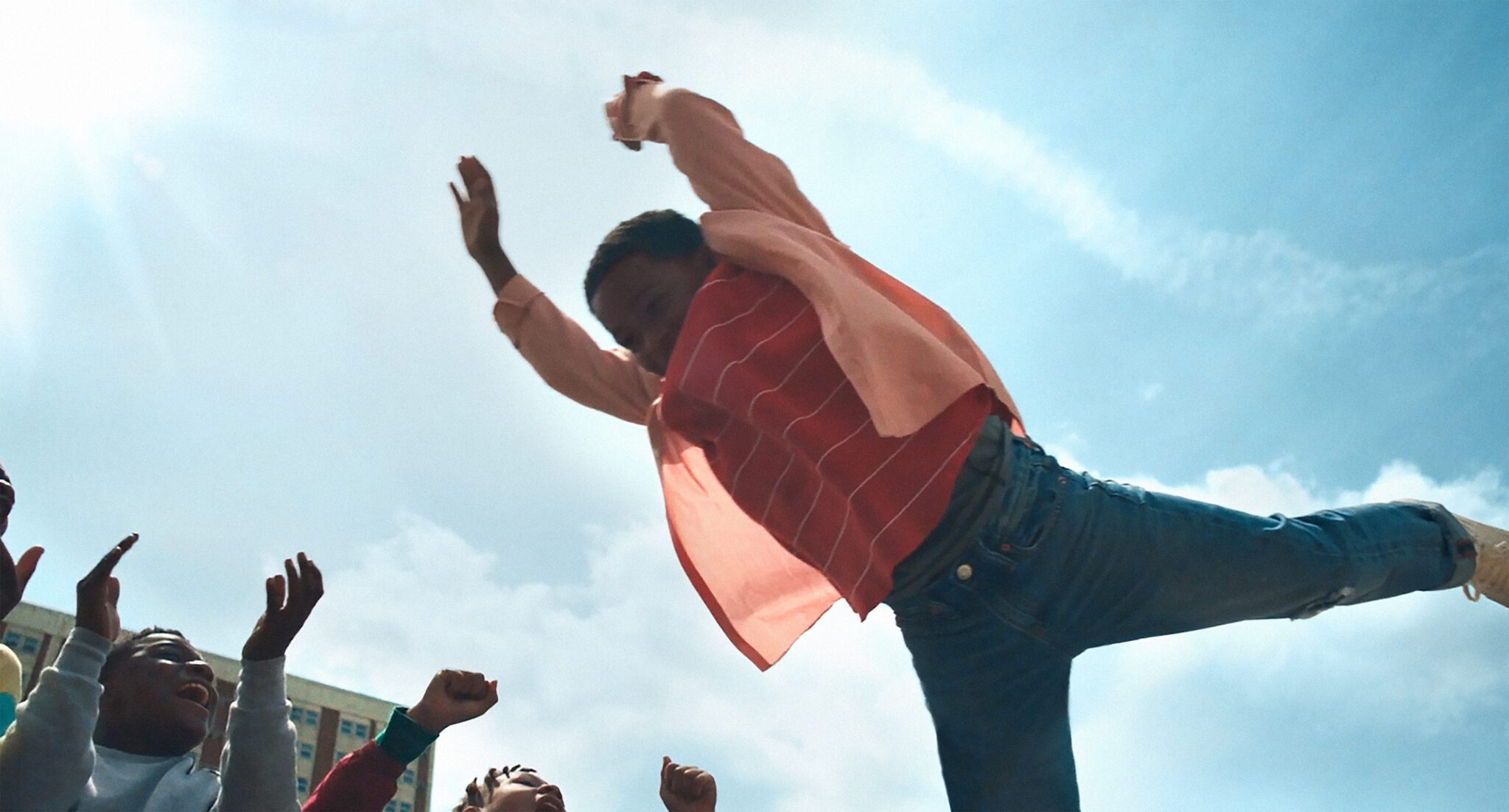
Rodan?starts in the small town of Kitamatsu on the southern-most of Japan?s three main islands, Kyushu.??Shigeru Kawamura (Kenji Sahara) is an engineer at a coal mine where several people have been slashed to death.??Suspicions and accusations spread throughout the town until the culprit reveals itself: a giant insect called Meganulon!
Mysteries and concerns continue to mount: a mine collapse, an earthquake, worries the nearby Mount Aso could erupt, and a UFO being seen all across the region, from China to the Philippines to Okinawa. Before long the UFO is revealed to be a pair of giant pterosaurs, which Paleontologist Kyoichiro Kashiwagi (Akihiko Hirata) dubs ‘Rodan’.??He theorizes that nuclear tests in the Pacific may be responsible for the emergence of the Meganulons and Rodans.
Jets from the Japan Air Self-Defense Force (JASDF) are scrambled to fight the Rodans. After a dogfight over the skies of Kyushu, the Rodans land in Fukuoka and cause massive destruction before flying back to their nest inside the crater of Mount Aso.
The military makes the decision to bury the Rodans in the crater of the volcano. The plan is not without risk, as the volcano could erupt as the bombs rain down on it. Despite those worries, nearby residents are evacuated and the bombardment begins. Mount Aso does erupt, engulfing the Rodans in lava.
Rodan was Toho?s first giant creature feature in colour, as well as the first to portray a flying monster and an insect monster. Rodan is an ambitious special effects film, and perhaps a little too ambitious for its own good. The special effects sometimes run up against their limits, but when they work, they truly work!
There are two standout special effects sequences in Rodan. In the first such scene, Rodan makes a low pass over a jeep. The jeep is swept up in Rodan?s slipstream and hurtled into a rock. As the jeep hits the rock, it crumples up and the driver?s legs can be seen dangling out the window!
Another great special effects scene is the one involving Saikai Bridge.??Rodan dives into the water beneath the bridge to escape the fighter jets behind it, only to fly out of the water on the other side of the bridge after the planes have passed over.??Rodan swings around and flies low over the bridge, pulling it down with its slipstream.??This scene is allegedly the result of an on-set accident in which the wires holding Haruo Nakajima in the Rodan suit snapped, dropping him in the water.

Rodan?is not as direct with its themes as?Godzilla, but does still address concerns about nuclear testing and foreign incursions into Japanese airspace.??While?Godzilla?focused on Japanese anxieties around the United States, Japan was a nation sandwiched between two conflicting superpowers.??Russia is almost within spitting distance of Japan and Japan is dotted with U.S. military bases, making them a key target in a war between the two countries.??Also, in the year?that Rodan was released, Japan and the Soviet Union signed the Soviet-Japanese Joint Declaration of 1956, which ended the state of war between Japan and the Soviet Union that had existed since WWII but was not officially a peace treaty.??The concerns portrayed in the film about a high-speed UFO flying around the Pacific region could be interpreted as an allusion to concerns about advancing Soviet technology.?
Like Godzilla and Godzilla Raids Again before it, Rodan was dubbed and edited for its release in North America. A bit of a prologue is added at the beginning of the film to play up the link between Rodan and nuclear testing, and other scenes were rearranged, shortened, or cut out. Some of Akira Ifukube?s music was replaced and a lot of narration by Shigeru Kawamura?s character was added. Also, like Godzilla Raids Again, George Takei provided his voice for the U.S. dub of Rodan.
One other major change for the U.S. version of Rodan involves the monster itself. In Japan, Rodan is called Radon from Pteranodon, but the U.S. version swapped the vowels. The most common reason given for this change is that there was a soap at the time with the name Radon.
Also like Godzilla and Godzilla Raids Again, the American edit of the film was the only version released in North America for 50 years. The original Japanese version of Rodan was first released in North America on DVD by Classic Media in 2008 with the U.S. cut on the same disk. This release was a double-disk set with War of the Gargantuas, which also had both its Japanese cut and American cut on a single disk. The North American distribution rights to Rodan are currently held by The Criterion Collection and there is no North American physical release of either cut currently in print.
Rodan is available to stream through The Criterion Channel, though I do not know for sure which version(s) are on there.




